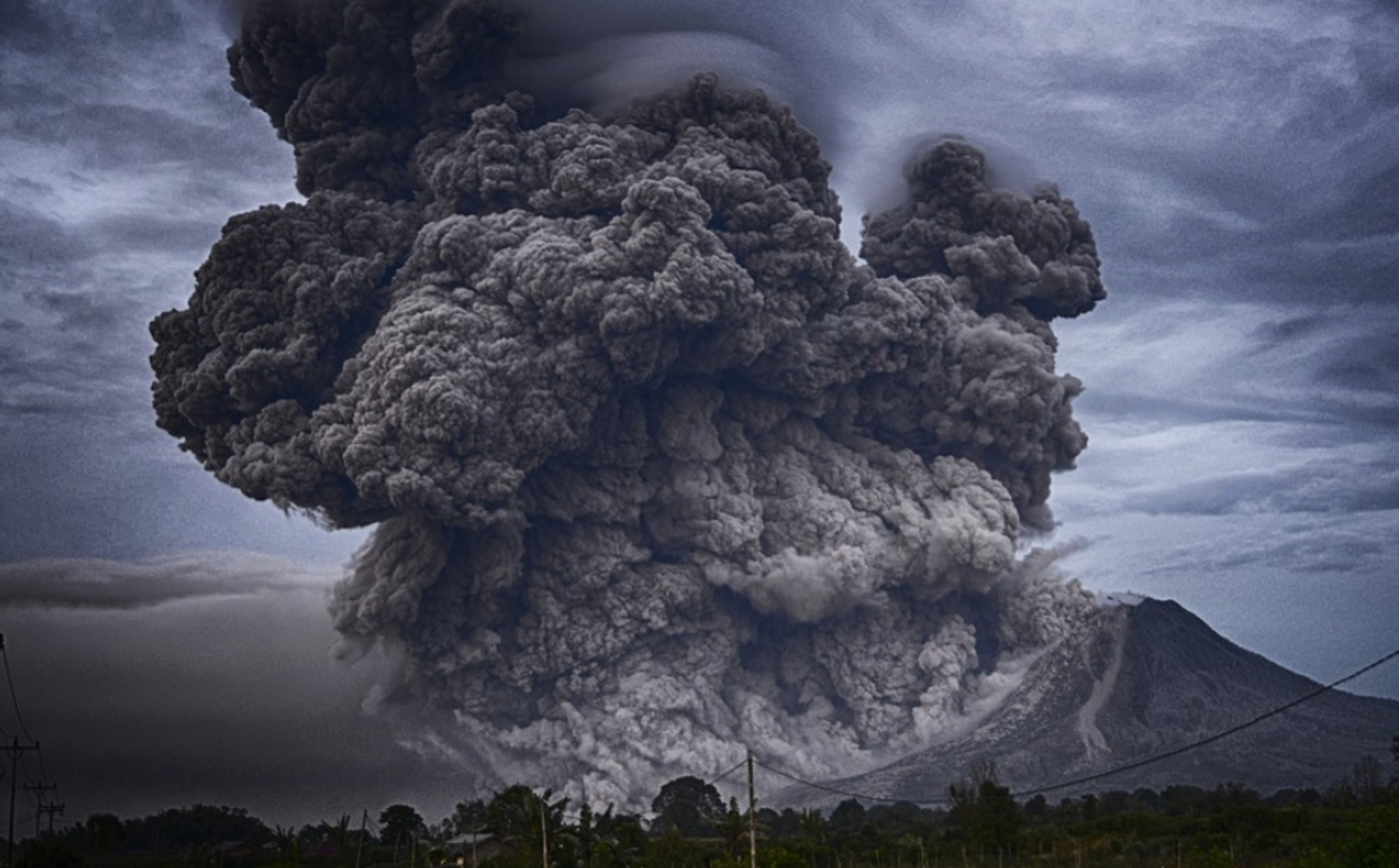Can We Geoengineer the Climate to Prevent Antarctic Ice Loss?
The last eight years have been the hottest ever recorded, and 2023 is on track to be the hottest year of all time. The global increase in temperatures has been uneven, but virtually every part of the planet has felt the effects. It has also come with severe heat waves, droughts, flash flooding, wildfires, and other climate-related events. Even if global warming is limited, which seem less likely all the time, sea levels will still rise. The release of vast quantities of greenhouse gases including carbon dioxide and methane, along with other events like deforestation are creating a climate disaster. While reducing those greenhouse gases is a clear way to get back to normal, that reduction is not happening quickly. Now that things in the climate are starting to get worrisome, some scientists are beginning to explore how we might use geoengineering to mitigate these effects.
One idea is stratospheric aerosol injection, in which massive amounts of tiny sulfur particles are released into the stratosphere by airplanes. These particles could reflect sunlight back away from Earth, mimicking the effects of large volcanic eruptions. When this occurs naturally, it can have a significant cooling impact. This may be a way to prevent the rapid melting of glaciers in West Antarctica and potentially reduce the disastrous impact of sea-level rise, according to new research reported in the Journal of Geophysical Research: Atmospheres.
While this may seem like the stuff of science fiction, it was outlined in a recent report from the White House that discussed potential strategies for reducing global warming. This latest study has shown, however, that any geoengineering should be done with extreme caution, or else the sulfur injections could have unintended and unwanted effects.
In this work, sophisticated computational models were used to test various scenarios in which aerosols were injected into the stratosphere. In all, eleven stratospheric aerosol injection scenarios were modeled, and the simulations ran from 2035 to 2070. They were compared to a model in which no stratospheric aerosol injection was done.
This study indicated that this approach could be beneficial if done at a few different latitudes. More work would be needed to calculate how much melt rates were slowed, however. The models also suggested that some single-latitude injection scenarios would actually increase the loss of Antarctic ice because of shifting winds.
"If we're ever going to engineer the climate, how we do it really matters," said lead study author Paul Goddard, an assistant research scientist in the Department of Earth and Atmospheric Sciences at Indiana University.
"Where you release the aerosols matters a lot and can affect the climate differently," Goddard said. "In this case, we found that releasing stratospheric aerosols at multiple latitudes within the tropics and sub-tropics, with a greater proportion in the Southern Hemisphere, is the best strategy for preserving land ice in Antarctica because it helps keep warm ocean waters away from the ice shelves."
There are of course risks that come with stratospheric aerosol injections. These include regional precipitation pattern changes, as well as a rapid increase of global temperatures if the injections were suddenly halted. There may also be other effects that scientists are not predicting.
Sources: Indiana University, Journal of Geophysical Research: Atmospheres









